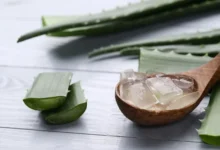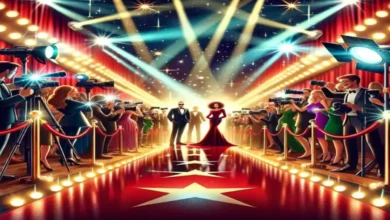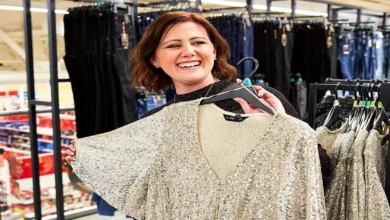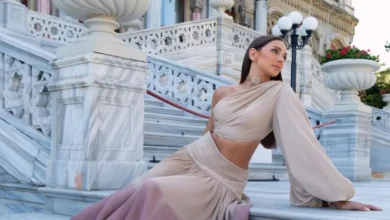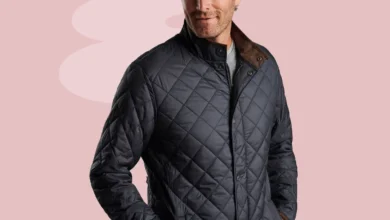Traditional Clothing in El Salvador: 1A Glimpse Into Cultural Heritage
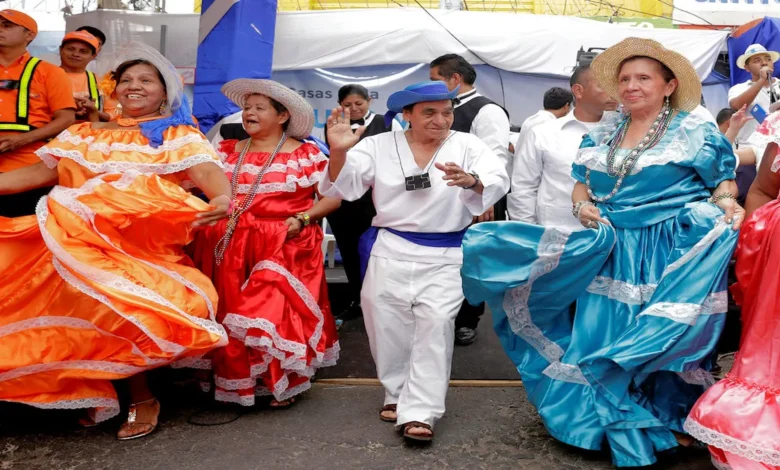
Traditional Clothing in El Salvador: When you think of El Salvador, you might picture its beautiful beaches, coffee plantations, and warm, vibrant people. However, there’s an aspect of Salvadoran culture that often goes unnoticed their traditional clothing. In a world increasingly dominated by modern fashion, traditional dress in El Salvador is an important and powerful symbol of the country’s rich cultural heritage. For centuries, these garments have held a special place in Salvadoran society, representing identity, community, and pride. In this article, we will explore the history, significance, and evolution of traditional clothing in El Salvador, diving into the key garments worn by men, women, and children, and how they reflect the cultural landscape of this Central American nation.
The Importance of Traditional Clothing in El Salvador
Traditional clothing in El Salvador is not just a form of dress but a reflection of the nation’s cultural history. These garments embody the values, customs, and traditions passed down through generations, playing a pivotal role in social identity. In a globalized world where fashion often becomes a commodity dictated by trends, Salvadorans continue to value their roots, and traditional attire is a living testament to this cultural continuity.
From the indigenous peoples of the region to the Spanish colonizers who arrived centuries ago, the fusion of these influences has shaped the traditional clothing we see today. The attire worn during festive occasions, religious ceremonies, or public events often serves as a medium to celebrate this unique blend of cultures. For many Salvadorans, dressing in traditional clothing is a way to honor their ancestors and reaffirm their connection to the land and heritage.
The Evolution of Traditional Clothing
El Salvador’s traditional clothing has evolved significantly over the centuries, shaped by various cultural influences. Initially, indigenous people, such as the Pipil and Lenca tribes, wore garments made from materials like cotton, bark, and agave fibers. These early garments were simple yet functional, designed to protect from the elements and accommodate the lifestyle of the indigenous people. As Spanish colonization began in the 16th century, European-style clothing began to influence local fashion.
The introduction of woven textiles, intricate embroidery, and vibrant colors can be traced back to this colonial period. Over time, traditional Salvadoran clothing evolved into a unique blend of indigenous and Spanish influences, with both groups contributing to the visual aesthetic and craftsmanship. For instance, the use of bright, bold colors, which is a signature feature of Salvadoran clothing today, was heavily influenced by European textiles. Similarly, the artistry and weaving techniques of indigenous groups have remained an important part of traditional dress.
In the modern-day, traditional Salvadoran clothing continues to evolve but remains deeply rooted in history. While many Salvadorans wear Western-style clothes in everyday life, the garments used for special occasions, festivals, and celebrations still preserve the essential elements of their cultural legacy.
Women’s Traditional Clothing in El Salvador
Traditional women’s clothing in El Salvador is colorful, intricate, and symbolic. The most well-known traditional outfit for women is the “huipil,” a beautiful embroidered blouse that holds deep cultural significance. The huipil is a loose-fitting garment, often worn with a skirt or shawl, and is made from cotton or wool fabrics. These blouses are typically embroidered with floral patterns, which are not only aesthetically pleasing but also represent the connection between the wearer and nature.
The huipil’s design varies depending on the region in which it is made. Each region has its distinct embroidery styles and color patterns that reflect the local environment, traditions, and cultural identity. For example, in the western regions of El Salvador, the embroidery often features floral motifs in bright, vivid colors like red, yellow, and green, while in the eastern regions, geometric patterns are more commonly used.
Women often wear a traditional “falda,” or skirt, made from colorful woven textiles that complement the huipil. The falda is usually made of cotton or wool and can be long or short, depending on the occasion. These skirts are typically pleated and worn at the waist, adding to the graceful, flowing appearance of the outfit.
In addition to the huipil and falda, women often wear accessories like necklaces, earrings, and headbands made from local materials such as beads, shells, or silver. These accessories enhance the overall look of the traditional outfit and add a sense of personal style.
Men’s Traditional Clothing in El Salvador
Traditional men’s clothing in El Salvador, while less elaborate than women’s attire, also carries significant cultural weight. The traditional outfit for men typically consists of a “guayabera,” a lightweight, button-down shirt, and trousers, often made from cotton or linen. The guayabera is a popular garment throughout Central America, known for its comfort and practicality, especially in the hot and humid Salvadoran climate.
The guayabera is characterized by its four pockets—two on the chest and two on the sides—and its distinctive pleats down the front and back. This style of shirt is worn not only for special occasions but also in everyday life due to its comfort and versatility. The guayabera can be worn tucked into trousers or left untucked for a more relaxed look.
While the guayabera remains an essential part of Salvadoran men’s clothing, other garments like “calzón de manta,” simple cotton trousers, are also common in rural areas. These trousers are often worn with a woven belt, further emphasizing the importance of craftsmanship in Salvadoran traditional attire.
For ceremonial events or festivals, men may also wear a “sombrero,” a wide-brimmed hat made from woven straw or palm leaves, which provides protection from the sun and adds to the overall appearance of the outfit. Similar to the women’s attire, the men’s traditional clothing is often accessorized with belts, scarves, and necklaces, which help complete the ensemble.
Clothing in Special Occasions and Festivals
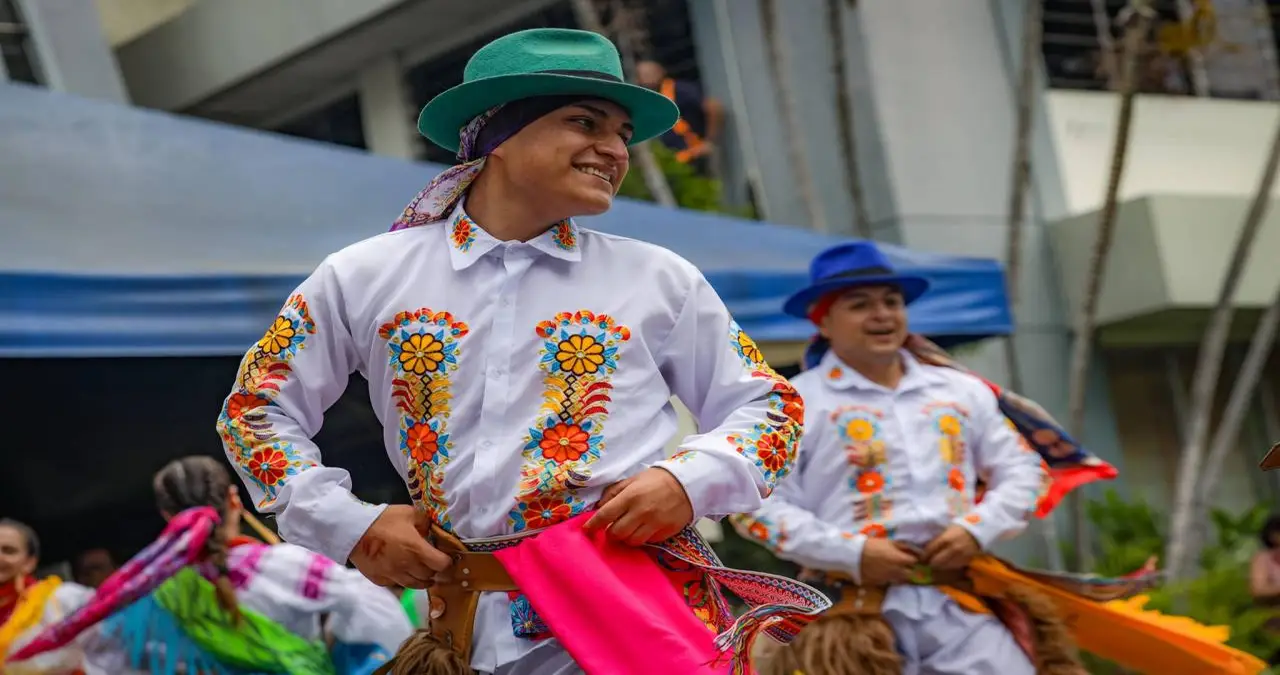
El Salvador is a country rich in culture and tradition, with various festivals and celebrations throughout the year. These occasions often serve as opportunities for people to wear their traditional clothing, further emphasizing the importance of these garments in the national consciousness. Among the most significant events in Salvadoran culture are the “Fiestas Agostinas,” which take place in the capital city of San Salvador in early August, and the “Festival de la Palma,” a celebration of the local palm industry.
During these festivals, both men and women proudly don their traditional attire, often in the form of brightly colored huipiles, falda skirts, and guayaberas. These festivals are not only a celebration of local culture but also a way for Salvadorans to display their regional identities through clothing. In these vibrant celebrations, the streets come alive with music, dance, and vibrant textiles that showcase the pride and creativity of the Salvadoran people.
Additionally, religious events, such as Easter and the Feast of the Virgin of Candelaria, also see the wearing of traditional clothing. These garments, often made from hand-woven fabrics, are worn as a way of paying homage to the saints and the sacred traditions of the country.
The Role of Traditional Clothing in Social Identity
In El Salvador, clothing plays a significant role in shaping one’s social identity. For many people, wearing traditional garments is an act of pride, as it reflects their deep connection to their cultural roots. Traditional clothing is also a way to express regional identities, as different areas of the country have their unique styles of dress.
For instance, the indigenous communities in the western part of El Salvador are known for their intricate embroidery and vibrant colors, while the central and eastern regions tend to have simpler designs and more muted tones. By wearing these distinct regional styles, Salvadorans can celebrate their heritage and affirm their place within their community.
In addition, the act of wearing traditional clothing can also be seen as a form of resistance to the dominance of Western fashion trends. By choosing to wear traditional garments, Salvadorans are making a statement about the importance of cultural preservation and rejecting the pressures to conform to globalized standards of beauty and style.
The Future of Traditional Clothing in El Salvador
In the face of modernization and globalization, the future of traditional clothing in El Salvador remains uncertain. Like many countries around the world, El Salvador has seen a shift towards Western-style clothing, particularly in urban areas where young people often choose to wear jeans, t-shirts, and sneakers rather than traditional garments. However, despite these changes, there is a growing movement to preserve and revitalize traditional clothing.
Several initiatives, including community workshops, artisan cooperatives, and fashion shows, are helping to promote traditional Salvadoran clothing, particularly among younger generations. These efforts aim to educate people about the cultural significance of their traditional garments and encourage them to wear these clothes with pride.
The growing interest in sustainably and ethics may also play a role in the revival of traditional clothing in El Salvador. As consumers become more aware of the environmental and social impacts of fast fashion, there may be a renewed appreciation for the craftsmanship, quality, and cultural heritage embedded in traditional attire.
Conclusion
Traditional clothing in El Salvador is much more than a set of garments—it’s a powerful expression of identity, culture, and history. From the vibrant huipiles and falda skirts worn by women to the comfortable guayaberas and calzón de manta trousers worn by men, these clothes carry the stories and values of generations past. Whether worn during religious ceremonies, festivals, or everyday life, traditional clothing continues to serve as a testament to the country’s enduring cultural legacy.
As El Salvador navigates the challenges of modernization, it is heartening to see that these garments are still celebrated and cherished. Through the efforts of artisans, community organizations, and individuals, Salvadorans continue to embrace their rich cultural heritage and ensure that their traditional clothing remains a vibrant and meaningful part of the nation’s future.
